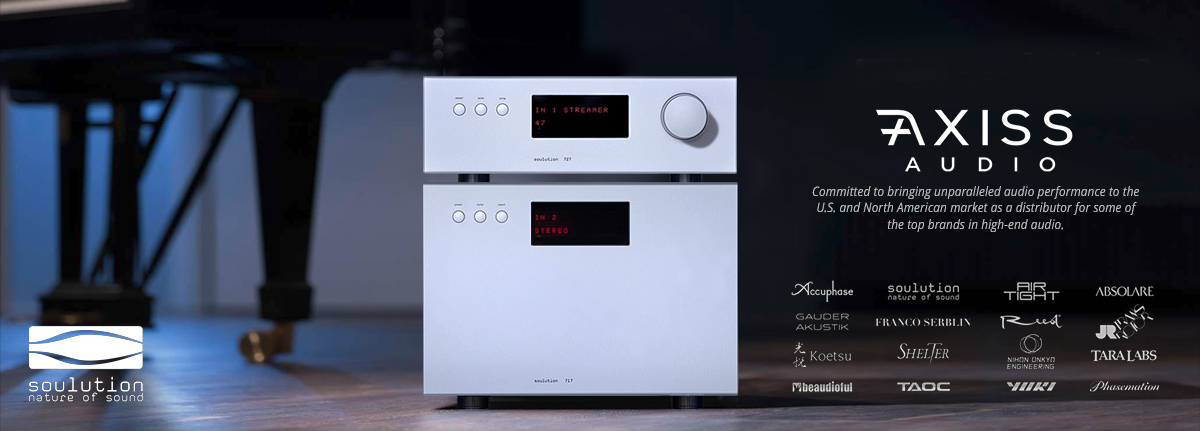How could this technically be possible, what could cause this? Is it possible the filtration/coloration is giving the perception of transparency? Like wilson speakers with their mid-bass hump are giving the perception of life music? I am sure the 089 can adequately drive such a high impedance load.
Just interested in how this could be explained.
AudioExplorations,
I have owned several models of Wilson loudspeakers and I can assure you that their capability of what you call giving the perception of life music is not due to the mid-bass hump. It is a combination of many factors that creates this perception, including the whole system (also the preamplifier
IMHO, technically characterizing these many factors is still a dream. We know what can make a bad sounding system but we do not know what makes a top system sounding exceptional. It is why these forums are really interesting. Although we must accept that most owners are biased, we read from their empirical experience and learn about their system qualities. I always ask about the full system people are using, including cables and power enhancers, because otherwise the information is useless for me.
















